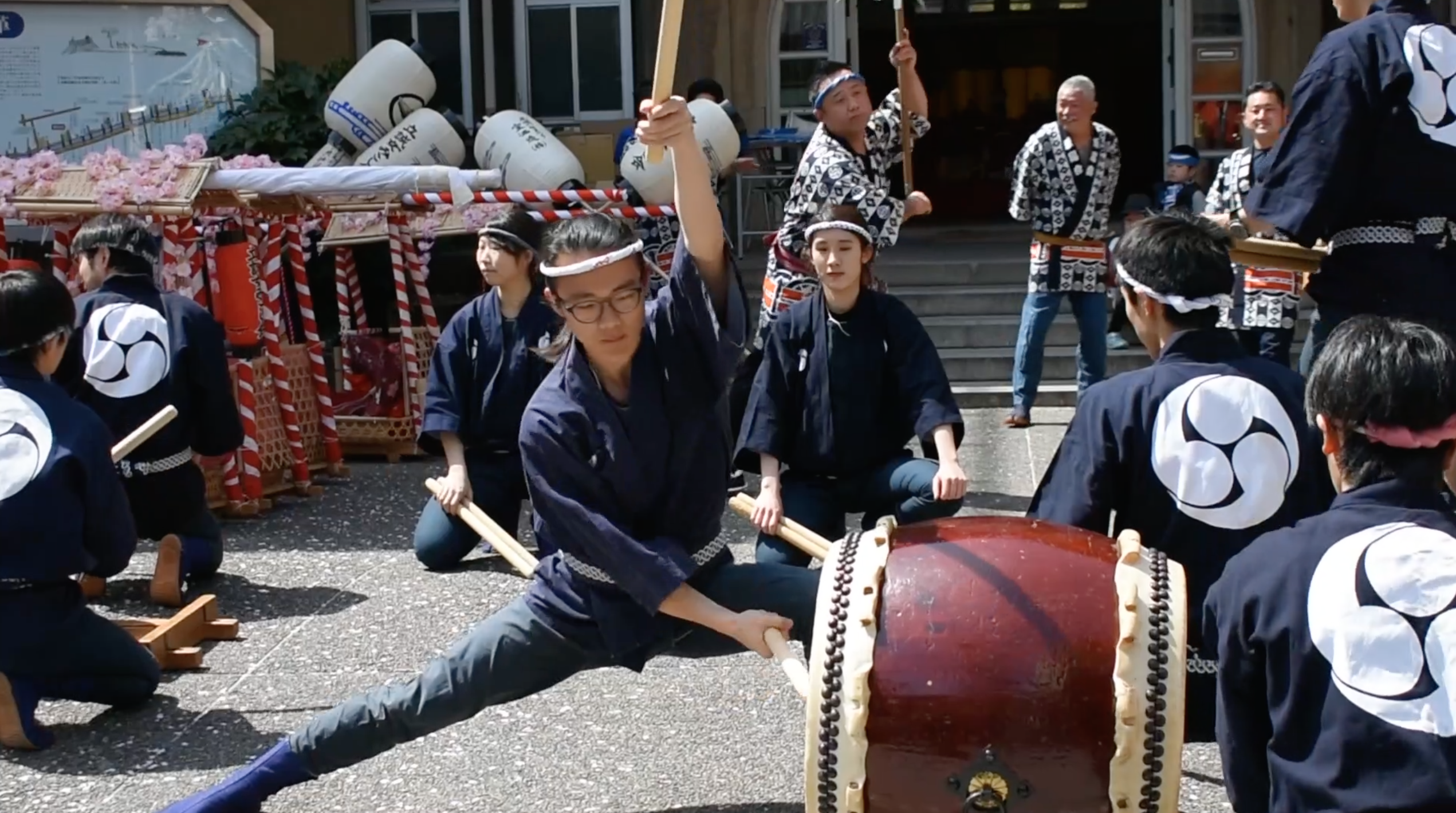For various reasons, I ended up having two CIPs. The first was an origami club at Kyoto University that I participated in during October until autumn break. There were various origami tutorial magazines and paper provided, but I found some of the tutorials pretty difficult to follow so I ended up finding easier ones online. This was totally fine because most of the others were working on all sorts of cool and complicated looking origami projects that weren’t in the magazines.
I don’t think I could find the dedication to this craft that I saw in everyone there in American craft clubs. They were always chatting about something or other but they would still be working on these big, modular crafts that couldn’t be finished in one sitting. I think some of them were folding projects they wanted to submit to origami magazines like the ones the brought. That kind of craftsmanship was honestly impressive to see. Despite that, because of the gap from autumn break, scheduling, and because the location kept changing to rooms I wasn’t familiar with, I decided it would be better to look for a different club to join.
I was in a bit of CIP limbo for a bit after autumn break, but I eventually joined a craft circle that another student was a part of. She had also just recently joined it which made it a bit easier to jump into as well. At the club we have been crocheting which is honestly a skill I never thought I’d learn but so far it’s been fun. Receiving verbal instructions in Japanese is challenging but I’ve managed to figure things out with everyone’s help. Some of the members let me use some of their yarn and hooks which was extremely kind (I have since bought my own to practice a bit on my own time).
I don’t think these clubs were too different than those in America, but there were some differences that stood out. That these clubs were pretty popular was a bit surprising to me; the craft circle was also mostly men, which isn’t what I would have guessed. One thing I couldn’t help but notice was that in both clubs people were talking about anime they had seen recently and games they had played; I don’t hear that all that often as a smalltalk topic in America.
It looks like there are all sorts of CIPs, so if you look hard enough you’ll find something you enjoy. If the one you pick at first isn’t working out for you for whatever reason, I don’t think there’s any shame in looking for another one. Your time in this program is precious, so you should spend it on activities you’ll enjoy doing, not something you’ll trudge through out of obligation. There shouldn’t be any problems once you find something that works for you; both clubs that I attended had a very friendly, relaxed atmosphere. As someone who couldn’t speak Japanese very well there was always some sort of language barrier, but don’t let that stop you from trying your best to communicate. I found talking to the students was always very rewarding.
Things might be a little awkward at first, but if you make an effort you’ll have invaluable experiences to show for it.

